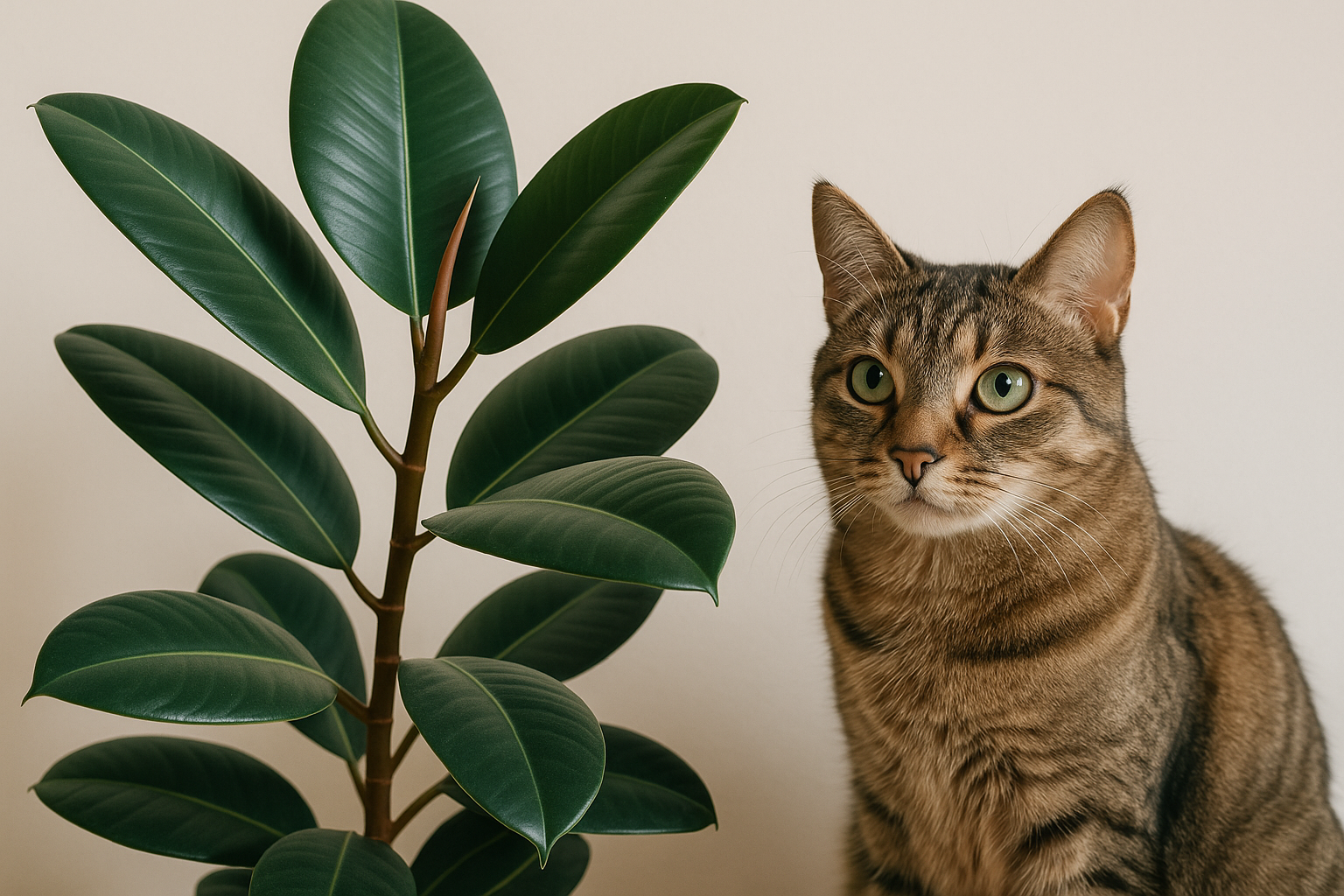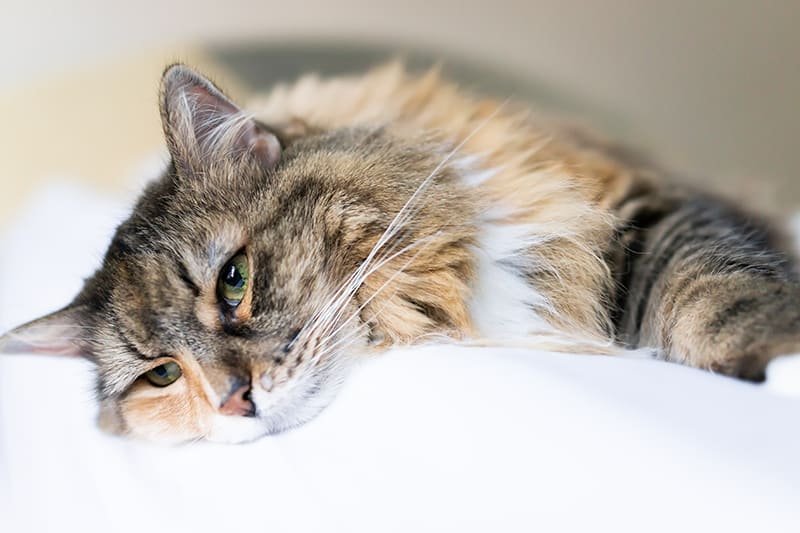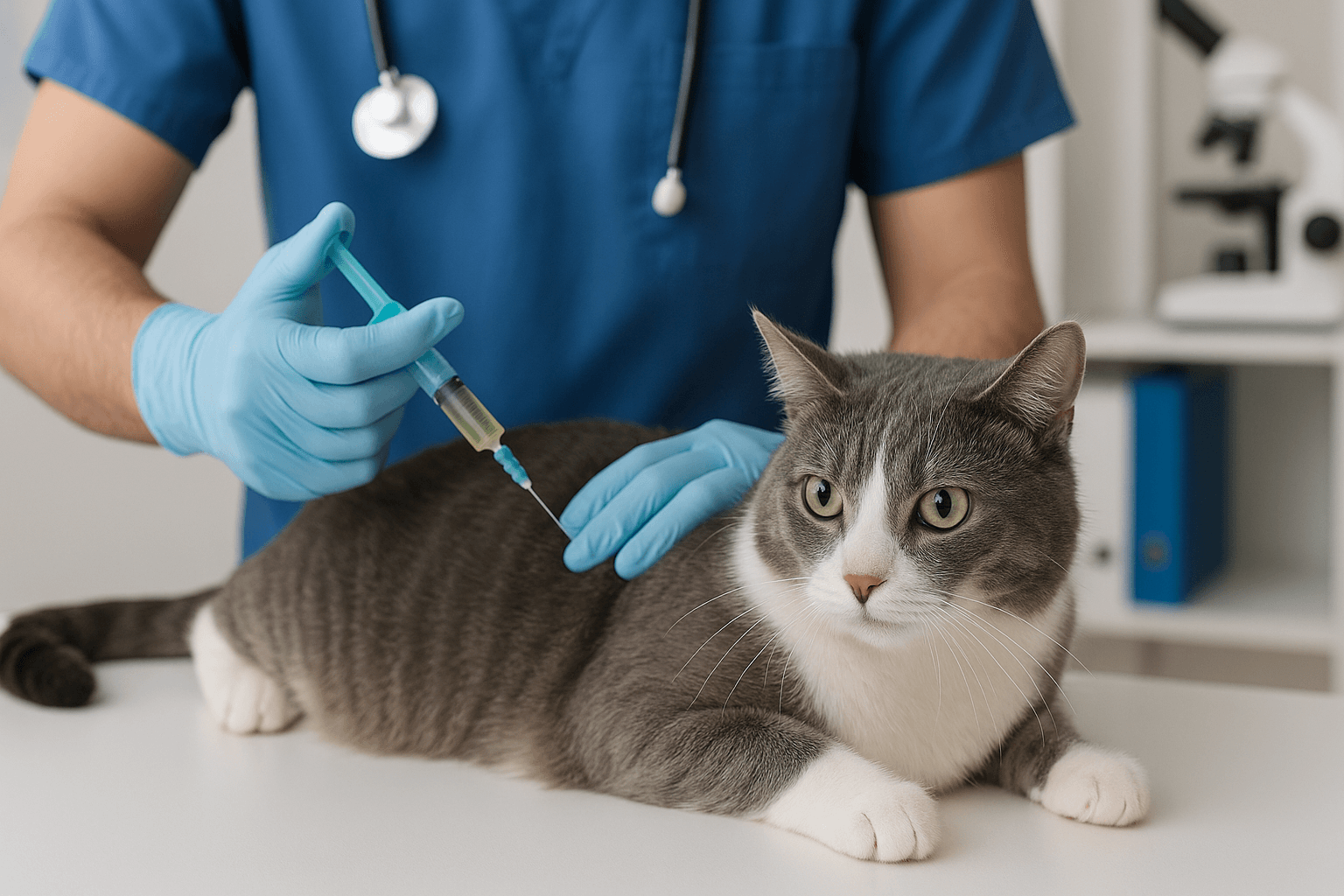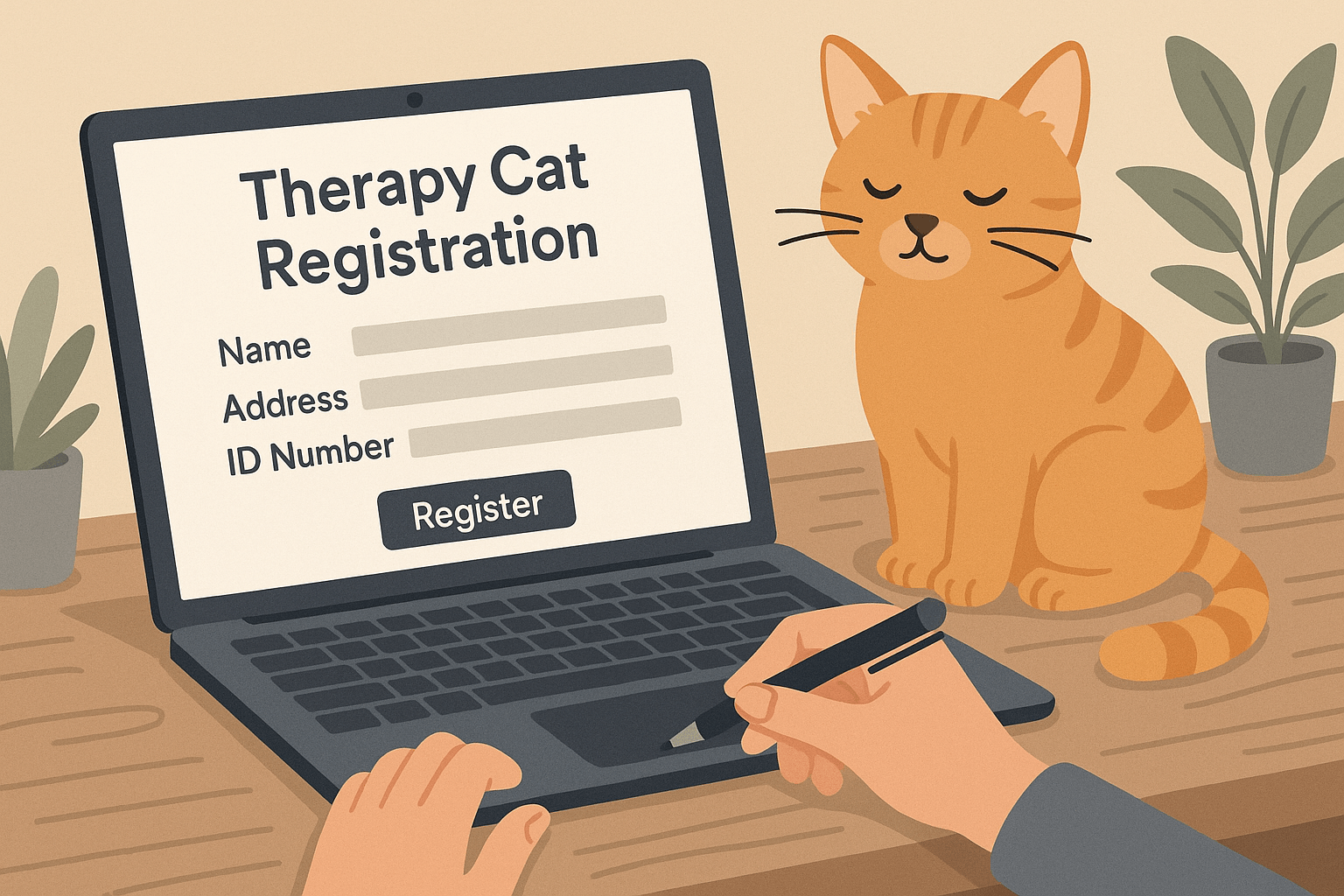Can Cats Eat Begonias? What You Need to Know
Begonias are a popular choice for indoor and outdoor gardens due to their vibrant colors and easy maintenance. However, if you’re a cat owner, it’s crucial to be aware of the potential risks these plants pose to your feline friends. While cats are curious by nature and may nibble on plants out of curiosity or boredom, not all plants are safe for consumption. Begonias, in particular, contain compounds that can be toxic to cats. In this blog post, we’ll explore whether cats can eat begonias, the dangers they present, and how to keep your furry companion safe while still enjoying your greenery.
Why Begonias Are Toxic to Cats
Begonias may look harmless, but they contain oxalate crystals, which can cause irritation and other health issues if ingested by cats. Understanding why these plants are dangerous is key to preventing accidental poisoning.
Oxalate Crystals:
These needle-like structures irritate the mouth, throat, and digestive tract when chewed or swallowed.Immediate Oral Pain:
Cats who bite into begonias often experience burning sensations or swelling in their mouths, leading to drooling and discomfort.Digestive Upset:
Ingesting even small amounts can result in vomiting, diarrhea, or loss of appetite as the body tries to expel the toxin.Kidney Stress:
Large quantities of oxalates can potentially affect kidney function, though this is rare with small exposures.Skin Irritation:
Direct contact with begonia sap can also cause mild skin irritation in sensitive cats.
Understanding these risks highlights why it’s essential to keep begonias out of reach or consider safer plant alternatives for households with pets.
Signs Your Cat May Have Eaten Begonias
If your cat has access to begonias, it’s important to recognize the symptoms of toxicity early to seek prompt veterinary care. Watch for these warning signs that indicate your cat may have ingested part of the plant.
Excessive Drooling:
A common reaction to oxalate crystals, drooling occurs as the cat tries to soothe oral irritation.Difficulty Swallowing:
Swelling or pain in the throat can make swallowing difficult, causing noticeable distress.Vomiting or Diarrhea:
Gastrointestinal upset is a typical response to ingesting toxic substances like those found in begonias.Lethargy or Weakness:
Cats may become unusually tired or unresponsive after consuming harmful plant material.Pawing at the Mouth:
This behavior indicates oral discomfort or irritation caused by chewing on the plant.
Recognizing these symptoms quickly allows you to act fast and minimize potential harm to your cat.
Check this guide 👉Can Cats Eat Dried Fruit? Best 7 Expert Tips!
Check this guide 👉Can Cats Eat Philodendron? Best 7 Expert Tips!
Check this guide 👉Can Cats Eat Aloe Vera Gel? Best 7 Expert Tips!
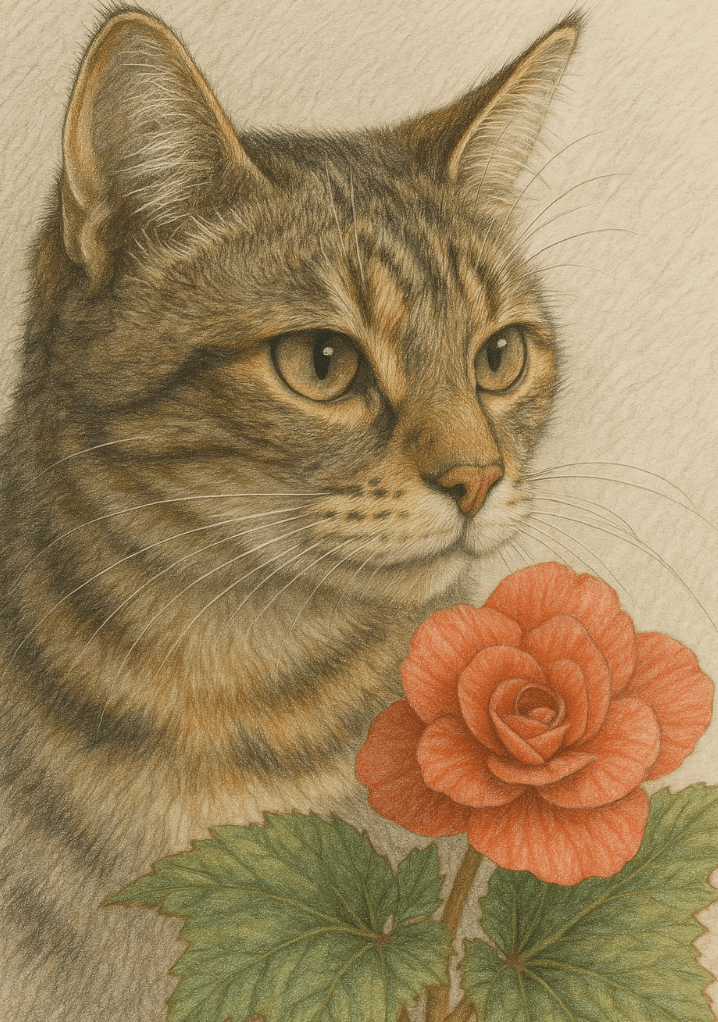
Safe Plants for Cats | Toxic Plants to Avoid |
|---|---|
Spider Plant | Begonia |
Boston Fern | Lilies |
African Violet | Philodendron |
Bamboo | Pothos |
Catnip | Aloe Vera |
How to Prevent Your Cat from Eating Begonias
Prevention is always better than dealing with the aftermath of toxicity. Here are some practical steps you can take to protect your cat from begonias and other hazardous plants.
Place Plants Out of Reach:
Keep begonias on high shelves or hanging baskets where your cat cannot access them.Use Pet Barriers:
Install baby gates or enclosures around areas where toxic plants are kept to block curious kitties.Provide Safe Alternatives:
Offer cat grass or pet-safe plants to satisfy your cat’s natural urge to chew on greenery.Supervise Playtime Near Plants:
Monitor your cat closely if they show interest in houseplants, redirecting their attention to toys or treats.Educate Family Members:
Ensure everyone in your household understands the risks of begonias and knows how to prevent accidents.
Taking these precautions ensures a harmonious home environment where both your plants and your pets thrive.
What to Do If Your Cat Eats Begonias
Accidents happen, and if your cat consumes part of a begonia, acting swiftly is critical to ensure their safety. Follow these steps to address the situation effectively.
Remove Any Remaining Plant Material:
Gently clean your cat’s mouth to remove residual sap or plant pieces that could cause further irritation.Offer Water:
Encourage your cat to drink water to help flush out toxins and soothe their throat.Monitor for Symptoms:
Keep a close eye on your cat for signs of poisoning, such as drooling, vomiting, or lethargy.Contact Your Veterinarian:
Call your vet immediately for advice, even if symptoms seem mild, as professional guidance is invaluable.Bring a Sample of the Plant:
If visiting the vet, bring a piece of the begonia to help them identify the toxin and provide appropriate treatment.
Quick action can make all the difference in ensuring your cat recovers fully from exposure to begonias.
Common Mistakes to Avoid When Owning Cats and Plants
Many pet owners inadvertently put their cats at risk by overlooking certain factors when introducing plants into their homes. Avoiding these mistakes helps create a safer environment for your furry friend.
Assuming All Plants Are Safe:
Not all plants are harmless; research each species before bringing it indoors.Leaving Plants Within Reach:
Placing toxic plants on low tables or windowsills increases the likelihood of accidental ingestion.Ignoring Behavioral Cues:
Cats showing interest in plants may signal boredom or dietary deficiencies—address these needs proactively.Using Harmful Deterrents:
Some commercial sprays designed to repel cats can themselves be toxic; opt for pet-safe alternatives instead.Neglecting Regular Check-Ups:
Routine vet visits help catch underlying issues early, including those related to plant exposure.
Avoiding these pitfalls ensures a healthier coexistence between your cat and your plants.
Alternative Ways to Satisfy Your Cat’s Chewing Instincts
Cats often chew on plants out of curiosity or instinctual behavior. Providing safe outlets for this habit reduces the likelihood of them turning to dangerous plants like begonias.
Grow Cat Grass Indoors:
Wheatgrass or oat grass is safe for cats and satisfies their urge to munch on greens.Offer Chew Toys:
Durable, textured toys designed for teething or gnawing can redirect their focus away from plants.Provide Fresh Herbs:
Mint or parsley can serve as edible, aromatic options that appeal to your cat’s senses.Use Interactive Feeders:
Puzzle feeders filled with treats encourage mental stimulation and reduce boredom-related behaviors.Create a Dedicated Play Area:
Designating a specific zone with toys and distractions keeps your cat engaged and away from hazardous plants.
These alternatives promote healthy habits while safeguarding your cat against toxic exposure.
Tips for Creating a Pet-Friendly Garden
If you love gardening but want to ensure your outdoor space is safe for your cat, consider these tips for designing a pet-friendly garden.
Choose Non-Toxic Plants:
Opt for species like marigolds, snapdragons, or lavender, which are safe for cats and add color to your garden.Install Fencing:
Secure fencing prevents your cat from wandering into areas with hazardous plants or escaping altogether.Avoid Chemical Pesticides:
Use organic pest control methods to eliminate the risk of poisoning from chemical treatments.Design Elevated Beds:
Raised garden beds keep plants out of paw’s reach while allowing you to maintain a beautiful landscape.Include Cat-Friendly Features:
Add features like shaded resting spots, shallow water bowls, or scratching posts to make the garden inviting for your cat.
A thoughtfully designed garden ensures both your plants and your pet remain happy and healthy.
Frequently Asked Questions About Cats and Begonias
Are all types of begonias toxic to cats?
Yes, all varieties of begonias contain oxalate crystals, making them unsafe for cats.
Can one bite of a begonia harm my cat?
Even a small amount can cause irritation, so it’s best to assume any ingestion poses a risk.
What should I do if my cat only licked the plant?
Rinse their mouth thoroughly and monitor for symptoms, seeking veterinary advice if needed.
Are there any non-toxic flowering plants for cats?
Yes, options like African violets and roses (without thorns) are generally safe for cats.
How can I train my cat to avoid plants?
Use deterrent sprays, positive reinforcement, and redirection techniques to discourage plant chewing.
Keeping Your Cat Safe Around Begonias and Other Plants
While begonias add beauty to our homes and gardens, they pose significant risks to our feline companions. By understanding the dangers, recognizing symptoms of toxicity, and taking preventive measures, you can ensure your cat remains healthy and happy. Always prioritize pet safety when choosing plants for your space, and don’t hesitate to consult professionals if an accident occurs. With careful planning and supervision, you can enjoy the best of both worlds—a lush, green home and a thriving, playful cat.
Is the Rubber Tree Cat Safe? Best 7 Expert Tips! Discover expert advice on keeping rubber plants safely in cat-friendly homes and learn top tips for pet-safe plant care.
Low Red Blood Cell Count in Cats: Best 7 Expert Tips! Discover causes, symptoms, and treatment options for feline anemia. Learn how to support your cat’s health effectively with expert advice.
Understanding Megacolon Treatment: Best 7 Expert Tips! Discover effective strategies to manage feline megacolon, from dietary changes to surgical options, ensuring your cat’s comfort and long-term health.
How to Register a Therapy Cat: Best 7 Expert Tips! Discover essential steps to certify your cat as a therapy animal, prepare them for training, and make a meaningful impact in therapeutic settings.

